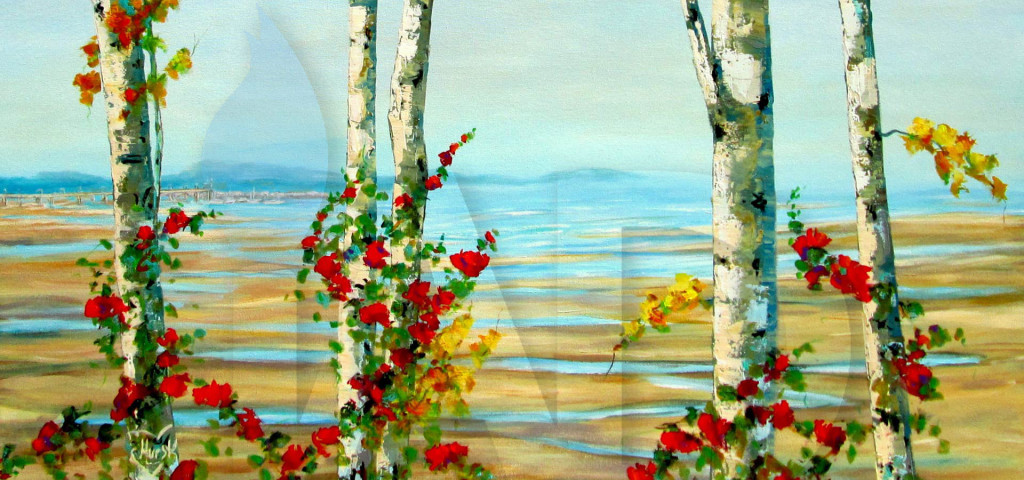The art world is confusing for most folks, including artists.
written by … Marilyn Hurst
The information age has a hidden downside – the tendency to categorize, label or define to such a great degree often leaves little room for maneuverability and flexibility.
Paradoxically, immediate access to the internet brings many variables to ideas. Theories and long held beliefs are often quickly thrown into the foray without much research or fact checking. We need to be more flexible and adaptable if we are to stay on top of our game.
The “artist” label has as many definitions as there are those who pontificate them.
Academia, museum curators, art dealers, auction houses, art critics and gallery owners all differ in their ideas of art and artists, so how does one navigate their way around when each has its own set of rules, principles, and philosophies?
The truth is that whatever you decide will never be a right or a wrong decision. However, if you can’t follow your heart, you will eventually become lost. If your “heart” wants you to paint doe-eyed cats, well – don’t expect much of a career in fine arts, but you could have a good commercial career. A certain amount of experience and wisdom borrowed from a mentor is a good place to start.
Even if you’ve gained skill in your craft and a modicum of excellence, you still need to pay the bills to keep going, and this is where artists need to get truly innovative. Quite often artists don’t want to think about the “S” word – sales, as if it were something sordid.
One thing is certain though, if you can’t pay your way – you’ll lose your way!
Art groups are a good introduction to shows, exhibitions, and camaraderie, which are all important because the feedback from fellow artists and their humor and stories gives you confidence to keep going in the direction your work is taking you.
Successful emerging artists do what it takes to cultivate a following for their work. The reality is that you need devoted art buyers and investors to sustain your career over the long run. It’s not a good idea to label or judge another artist, their work, or even yours for that matter. The public will decide what is valid and will often support you if you are humble. It’s also important to realize art is a lifetime learning process, and the harder you work the better you get. It’s exciting for art collectors to see growth and expansion, and to know you have courage to continue despite the hard effort required to make art a profession.
In the beginning it’s probably best to not too strongly classify your style. The artistic soul evolves and you will inevitably explore many different genres over the years before settling into a personal “look.”
For confirmation of that ideology, just look to Picasso.
